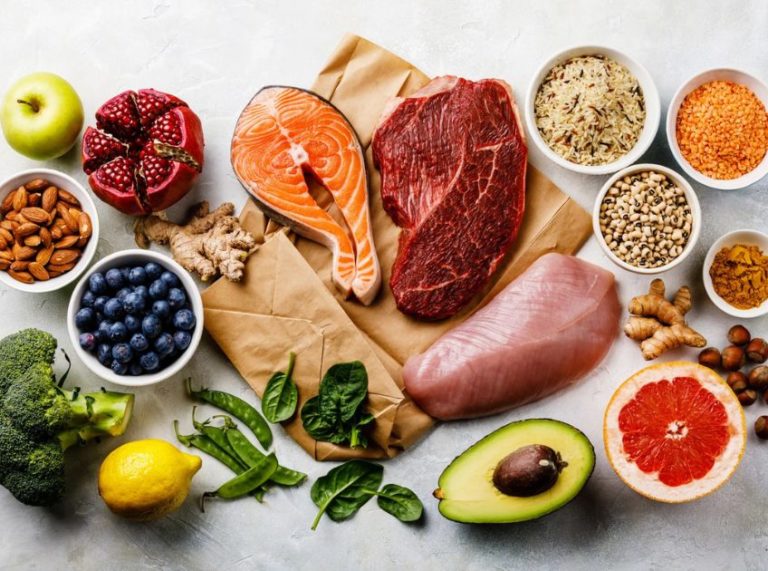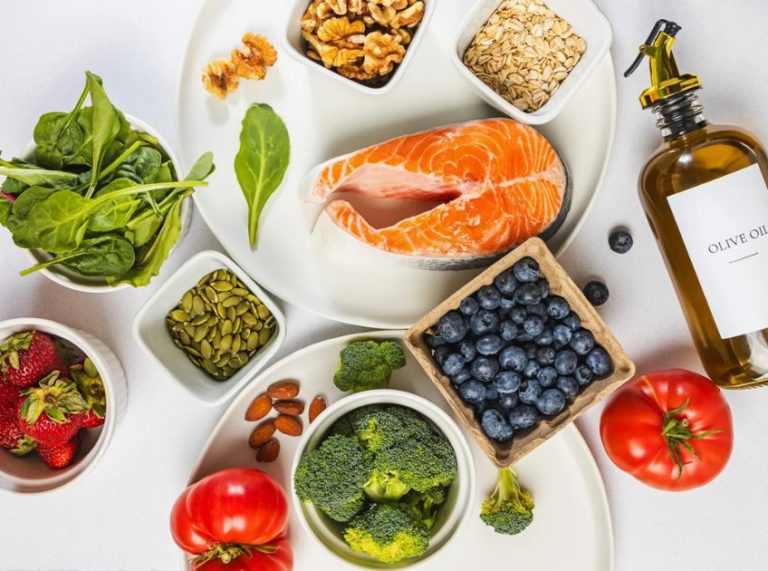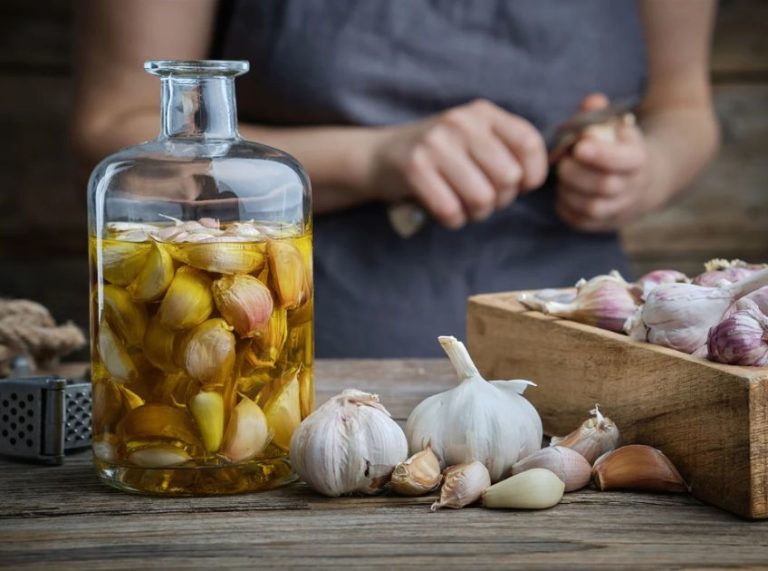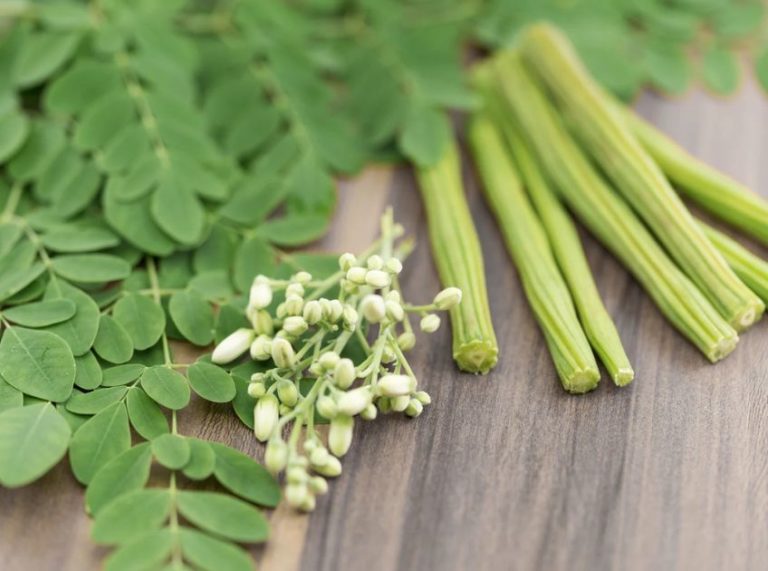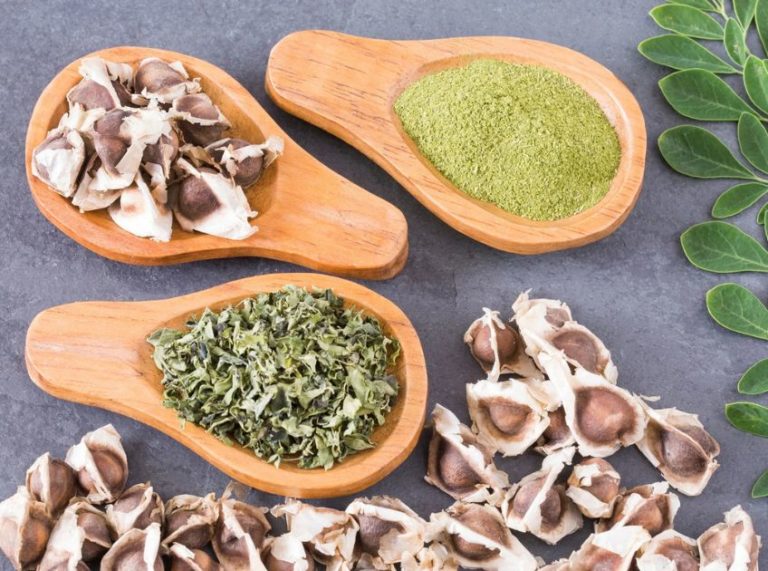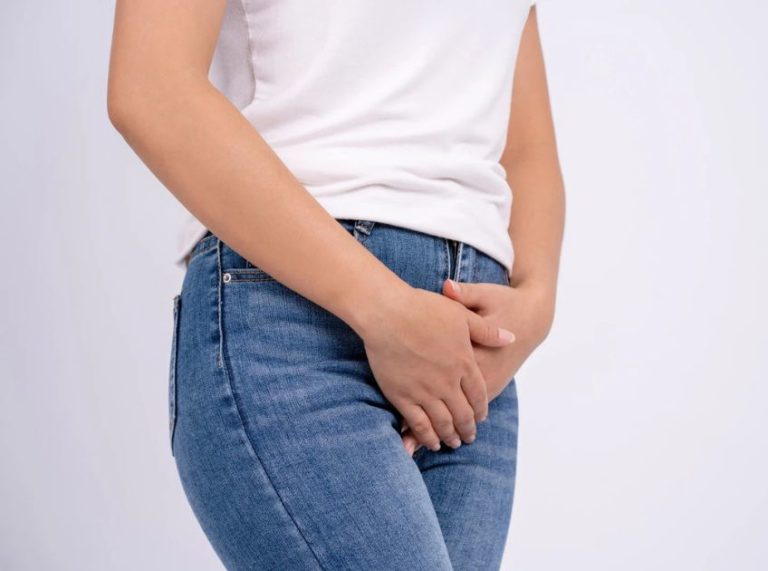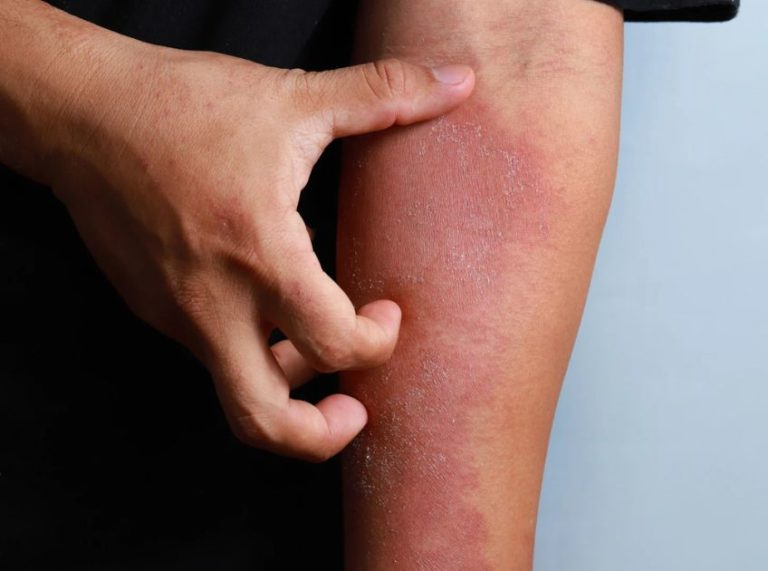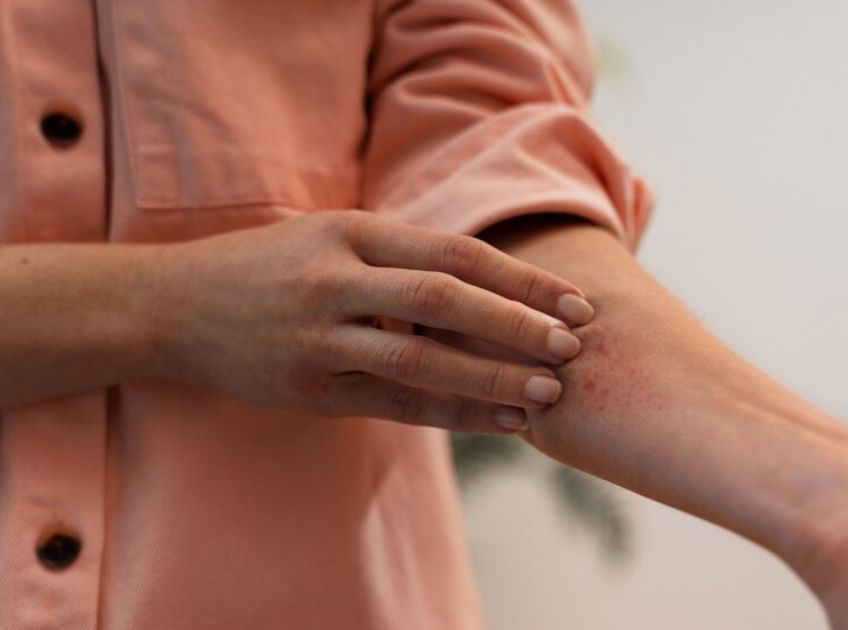
Important: This article is for informational purposes only. Please read our full disclaimer for more details.
A wasp sting can catch you off guard—one moment you’re enjoying the outdoors, the next you’re dealing with a painful, swollen welt. While most wasp stings are mild and treatable at home, knowing how to act fast and effectively can make a big difference. Below, we break down the best home remedies, backed by both science and traditional use, to ease pain, reduce swelling, and promote healing.
First Things First: What Happens When a Wasp Stings?
When a wasp stings, it injects venom that causes localized pain, redness, swelling, and sometimes itching or a burning sensation. Unlike bees, wasps don’t lose their stinger, so they can sting multiple times. The body’s immune response triggers inflammation at the site.
According to the American Academy of Allergy, Asthma & Immunology (AAAAI), most stings resolve within a few hours to a day. But prompt treatment helps minimize discomfort and the chance of secondary infection (1).
1. Cold Compress: Your First Line of Defense
Why it works: Cold numbs the nerve endings, reducing pain and slowing down inflammation.
How to use
- Wrap ice cubes in a towel or use a cold pack.
- Apply to the sting site for 10–15 minutes.
- Repeat every hour as needed.
Expert tip: Don’t apply ice directly to the skin—this can cause frostbite or irritation.
2. Baking Soda Paste: A Natural Alkaline Neutralizer
Why it works: Wasp venom is acidic, and baking soda (a mild base) may help neutralize the sting and reduce itching.
How to use
- Mix 1 tablespoon of baking soda with a few drops of water to make a thick paste.
- Apply to the sting area.
- Leave on for 10–15 minutes, then rinse.
Science Note: Though not a medically proven neutralizer, baking soda has been a trusted folk remedy for generations.
3. Apple Cider Vinegar: Drawing Out the Venom
Why it works: Its acetic acid content may help neutralize venom and reduce swelling.
How to use
- Soak a cotton ball in diluted apple cider vinegar.
- Apply it to the sting for 10–15 minutes.
- Repeat 2–3 times a day.
Caution: Avoid on broken skin or if the area feels too irritated.
4. Honey: Nature’s Healing Antiseptic
Why it works: Honey has antibacterial and anti-inflammatory properties that may relieve pain and speed up healing.
How to use
- Dab a small amount of raw honey on the sting site.
- Cover with a bandage and leave on for 30 minutes.
- Rinse and reapply if needed.
Research Insight: A 2012 study in Wound Medicine found that honey accelerates wound healing and reduces inflammation (2).
5. Aloe Vera Gel: Instant Soothing for Burning and Itching
Why it works: Aloe vera has natural cooling, anti-inflammatory, and antibacterial properties.
How to use
- Slice a fresh aloe vera leaf and scoop out the gel.
- Apply directly to the sting site.
- Reapply 2–3 times daily.
Bonus: It’s also great for sunburn and other insect bites.
6. Toothpaste: Surprising Relief from the Medicine Cabinet
Why it works: Some believe the alkaline nature of toothpaste neutralizes venom and reduces swelling.
How to use
- Dab a small amount of white (non-gel) toothpaste on the sting.
- Leave for 10–15 minutes.
- Rinse gently.
Note: This remedy is anecdotal, but many swear by it for fast itch relief.
7. Meat Tenderizer (Papain Enzyme): Break Down the Venom
Why it works: Meat tenderizer contains papain, an enzyme that may break down the proteins in wasp venom.
How to use
- Mix 1 teaspoon of tenderizer with water to form a paste.
- Apply to the sting and leave on for 15 minutes.
- Rinse off thoroughly.
Safety Tip: Use only on intact skin and avoid prolonged application.
8. Witch Hazel: A Gentle Astringent for Inflammation
Why it works: Witch hazel contains tannins that help reduce inflammation and soothe irritated skin.
How to use
- Soak a cotton pad in witch hazel.
- Apply to the sting site for 10–15 minutes.
- Reapply as needed.
Great for: Sensitive skin types prone to itching and redness.
9. Essential Oils: Natural Relief with Lavender or Tea Tree
Why it works: Lavender oil has calming, anti-inflammatory effects, while tea tree oil is known for its antiseptic benefits.
How to use
- Dilute a few drops in a carrier oil (like coconut or olive oil).
- Gently apply to the sting area 2–3 times a day.
Caution: Always patch test essential oils and never apply undiluted oils to skin.
10. Over-the-Counter Relief (If Needed)
While home remedies are often enough, sometimes you’ll need extra help:
- Antihistamines like diphenhydramine (Benadryl) can reduce swelling and itching.
- Topical hydrocortisone cream can relieve inflammation.
- Acetaminophen or ibuprofen for pain relief.
When to Call the Doctor
Home care works for most, but seek medical help immediately if you experience:
- Difficulty breathing or swallowing
- Hives, dizziness, or rapid pulse
- Swelling of the face, lips, or tongue
- Multiple stings, especially around the neck or face
- Signs of infection (pus, spreading redness, warmth)
Anaphylaxis is rare but serious—if in doubt, don’t wait.
Frequently Asked Questions (FAQ’S)
Q1. Can you be allergic to wasp stings without knowing it?
A. Yes. Even if you’ve had a mild reaction before, allergies can develop over time. Always monitor your symptoms closely.
Q2. How long does it take for a wasp sting to heal?
A. Mild stings usually resolve in 1–3 days. Swelling and redness may persist for up to a week in some cases.
Q3. Should I remove the stinger?
A. Wasps usually don’t leave a stinger behind (unlike bees), but if you see one, gently scrape it off with a credit card—don’t squeeze it.
Final Thoughts: Fast Relief Is at Your Fingertips
Wasp stings are painful, but manageable with the right home care. From cooling compresses to nature-powered remedies like aloe and honey, your kitchen may already hold everything you need to soothe the sting. Always keep an eye on your symptoms, and don’t hesitate to seek help if things escalate. Until then, nature has your back.
